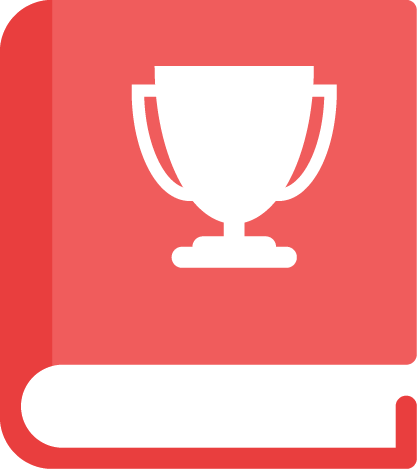Illustration
Illustration
If you include pictures, plan them in from the start, and not at the last minute.
Planning on mixing images with your text? If a picture speaks a thousand words, you want to make it work hard for its keep, so think about illustration right at the start. Why? Words and images should be complementary, rather than compete with or duplicate one another. Also, your choice of illustration will likely affect decisions over format, paper, printing (colour or black-and-white), and more.
Working with an illustrator
If you plan to commission images from an illustrator, an early and efficient briefing is everything! Give very clear instructions on what you want – size, style, b/w or colour, text (if any), etc. Also, you should make decisions over format before you give them the green light. There’s nothing worse than asking for landscape-shaped images, only to discover later that you’d have preferred them in portrait format. If you work with us, we will ensure seamless liaison between all parties to ensure the right result. Here are a couple more tips.
Illustrators will usually supply rough sketches for you to approve before they add colour or other finishing touches. You’ll need to check roughs carefully; the last thing they’ll want is to have to remake a fully finished pic simply because you didn’t apply due diligence earlier.
If they’re working traditionally (i.e. on paper), you’ll need to obtain professional scans at the right resolution (see digital images). Some illustrators prefer to supply their own scans; again, you’ll need to brief them on size and resolution.
Picture resolution
A word on digital images. Photos that look really great on screen only have to have 72 pixels (units of picture information) per inch of display space. But to print properly, those same files need 300 pixels per inch (ppi). If you try to put your 72 ppi photo in your book, one of two things will happen: either the printers will reject your file (that’s the better outcome), or they will go ahead and print the book and you’ll have fuzzy, pixellated pictures.
Your book designer will help you work through this process.
